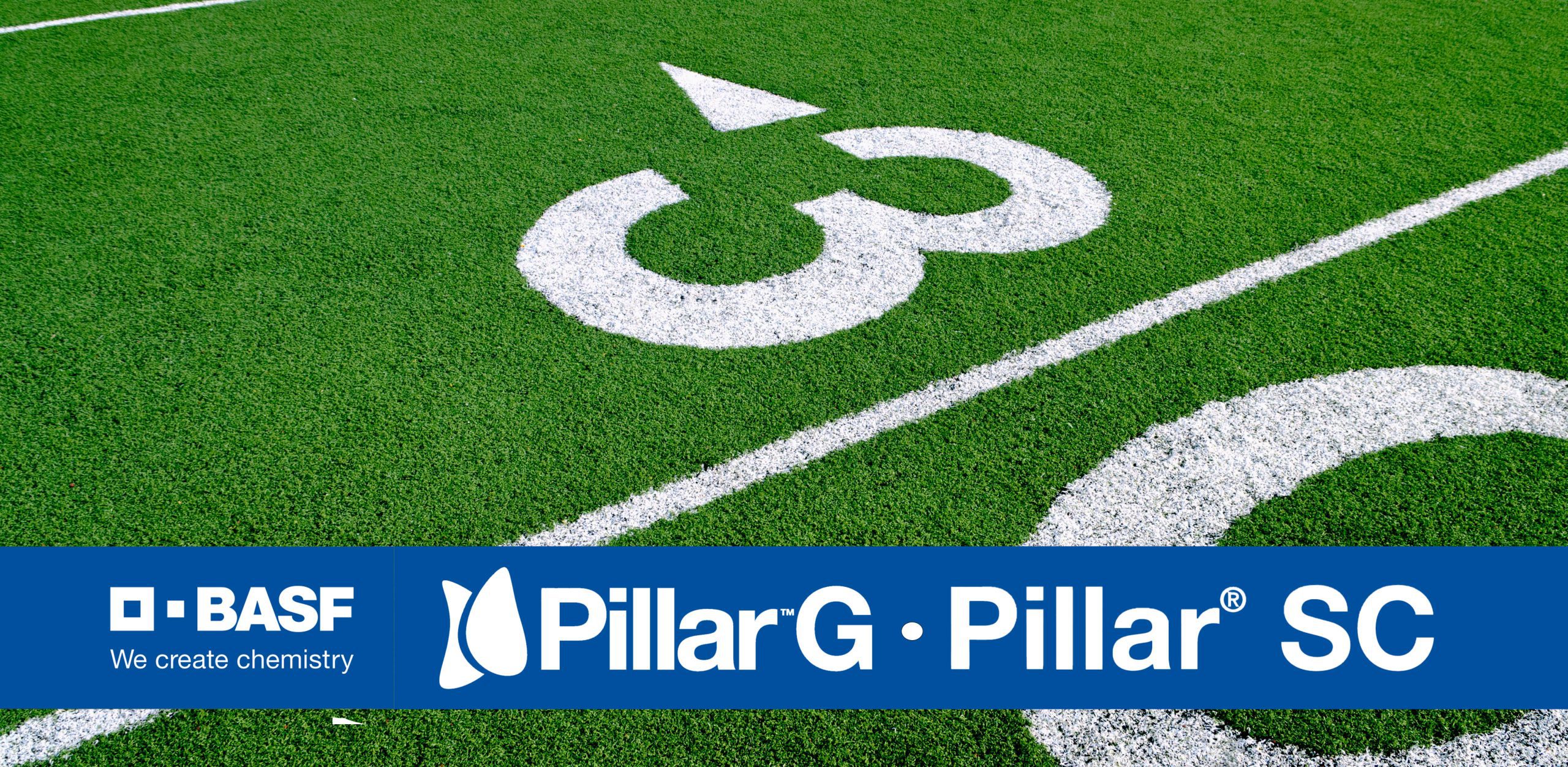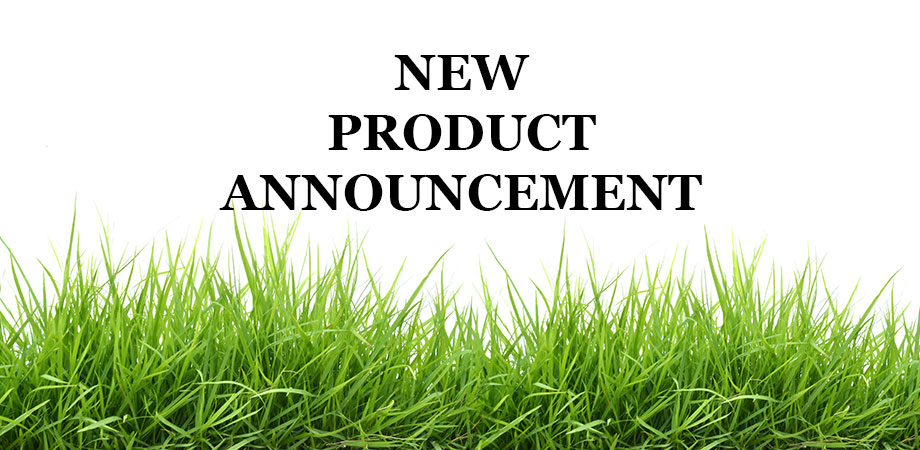As sports field managers prepare for the summer, it’s important to not only continue fungicide treatments as disease pressure worsens but also start using more powerful products.
Applying economical fungicides in the spring is common, with sports turf pros often switching to high-end products as summer begins. BASF’s Pillar lineup—specifically Pillar SC and Pillar G—fits the bill for summer applications, providing broad-spectrum, pre-emergent control during high-activity months at a reasonable cost.
Timing Applications
In regions like Michigan, sports field fungicide programs usually consist of around three applications per year. As we approach summer, the first round of applications typically occurs at the end of May. Products like PPZ 143 fall in line with the simpler, cost-effective fungicides mentioned in the previous section. That being said, when we start approaching Independence Day, sports activity—especially at the start of the high school football season—will begin ramping up. The products that worked for that first application may not be as effective when high-stress conditions and heavy traffic coincide. That’s when more powerful products come into play.
About Pillar SC and Pillar G
It’s a good idea to get ahead of increased disease pressure, and applying products like Pillar SC and Pillar G can help sports turf pros gain some peace of mind before turf diseases strike.
About Pillar SC
Pillar SC is a liquid formulation that combines two powerful active ingredients, triticonazole (17.95%) and pyraclostrobin (15.8%), into one broad-spectrum fungicide that provides quick curative control and has a long-lasting residual. In addition to its 28-day residual, Pillar SC has a low use rate of one fluid ounce per thousand square feet, regardless of which disease is being treated.
Pillar SC controls 26 diseases, including brown patch, dollar spot, leaf spot, take-all root rot (on warm-season turf), fairy ring, and powdery mildew. To see the full list of controlled diseases, view the label here.
Not only does Pillar SC fight some of the toughest turf diseases, but it also helps enhance turf health by improving stress tolerance and growth efficiency. You can learn more about Pillar SC here.
About Pillar G
On the granular side, Pillar G combines pyraclostrobin (0.38%) and triticonazole (0.43%), offering sports turf managers a dual-action approach to disease prevention and turf health. This formulation is a good option for spot treatments and for when conditions won’t allow for liquid applications. Pillar G should be applied at a rate of three pounds per thousand square feet.
Pillar G controls 27 diseases, including dollar spot, anthracnose, and patch diseases (brown patch, large patch, summer patch, etc.). Read the label for the full list of controlled diseases.
Pillar G’s benefits extend beyond control; It helps turf manage stress under drought conditions, extreme moisture, and high temperatures. Pillar G can also help increase turf density and root length. Read more about Pillar G here.
A Special Consideration
For sports turf managers who use tarps, especially on infields and aprons, be sure to apply fungicides like Pillar SC and Pillar G early in the season before the temperature gets too hot, just in case you need to cover the field.
Planning ahead and integrating Pillar SC and Pillar G into your summer fungicide program can pay off. They both provide effective disease control and enhance overall turf health, helping you ensure your field is ready for play, no matter what players or nature throw at you. For more information on these products and more expert advice tailored to your needs, reach out to your ATS rep. Don’t have a rep or don’t remember their name? Find yours with our rep finder tool.












